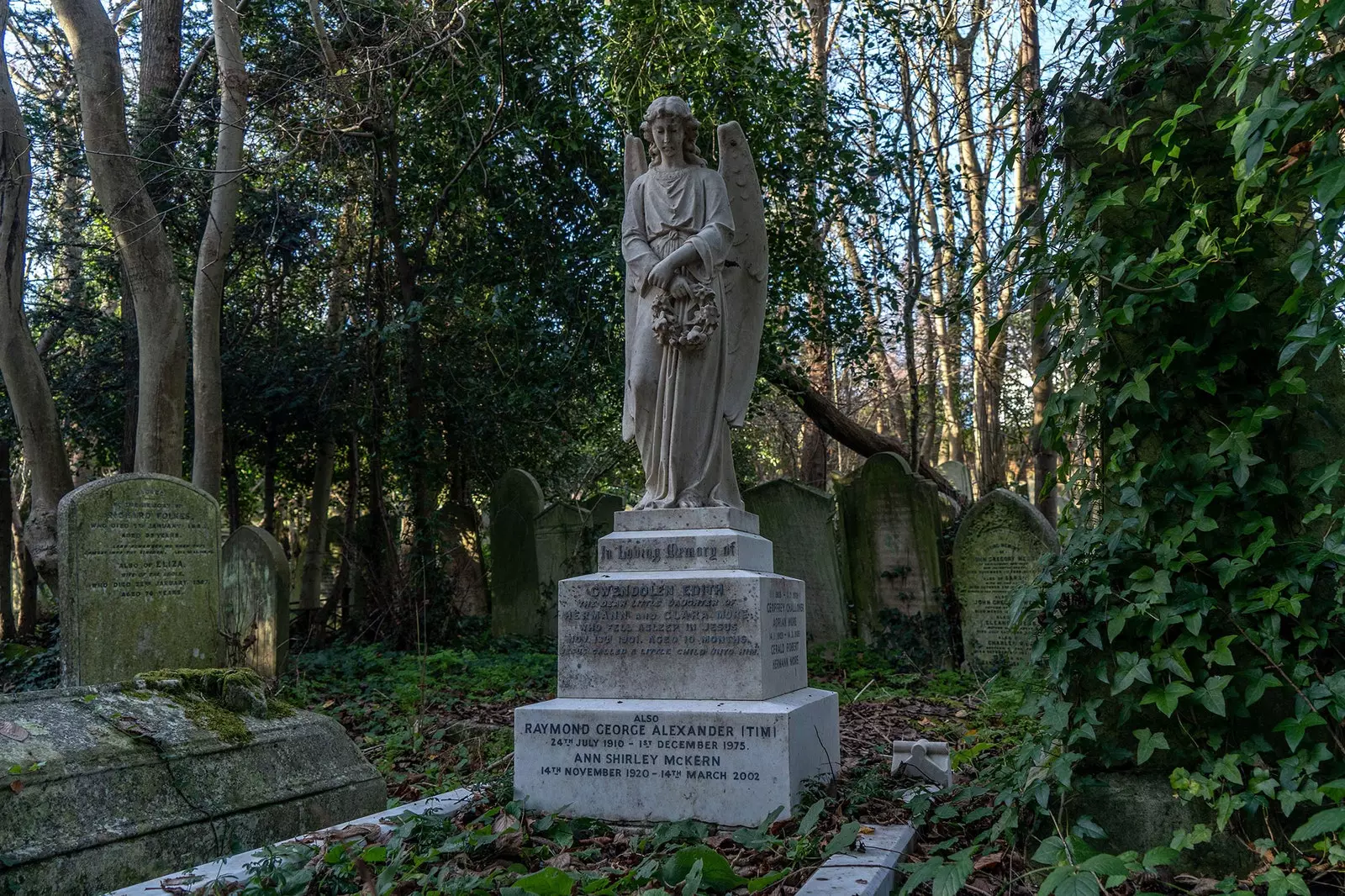
The historic Highgate Cemetery in north London is home to the graves of notable figures, from Karl Marx to singer George Michael.
The writer Mariana Enriquez has always been attracted to cemeteries. Since she was a teenager, she liked them for her aesthetic sense and for the transgression that they entail for her, because they meant for her a youthful and daring place. But later, her intimate link with the cemeteries was also related to the history of her country, Argentina.
“My entire childhood was spent during the Argentine dictatorship, which, among many other things, made bodies disappear. The idea of a cemetery and a grave seems sad to me, but in a political sense it seems to me the end. This is how one would have to end, or in the way you prefer, but never snatched away by political authoritarianism”, explains the author of the acclaimed horror title Our part of the night (Anagram).
A conclusion that she reached at the funeral of the mother of a friend of hers who had disappeared during the dictatorship and from which they later recovered her bones. “That burial”, remembers Enríquez, “produced a feeling of relief throughout the world and the cemetery became a kind of party. There I realized that beyond aesthetic passion, cemeteries were related to my personal history.
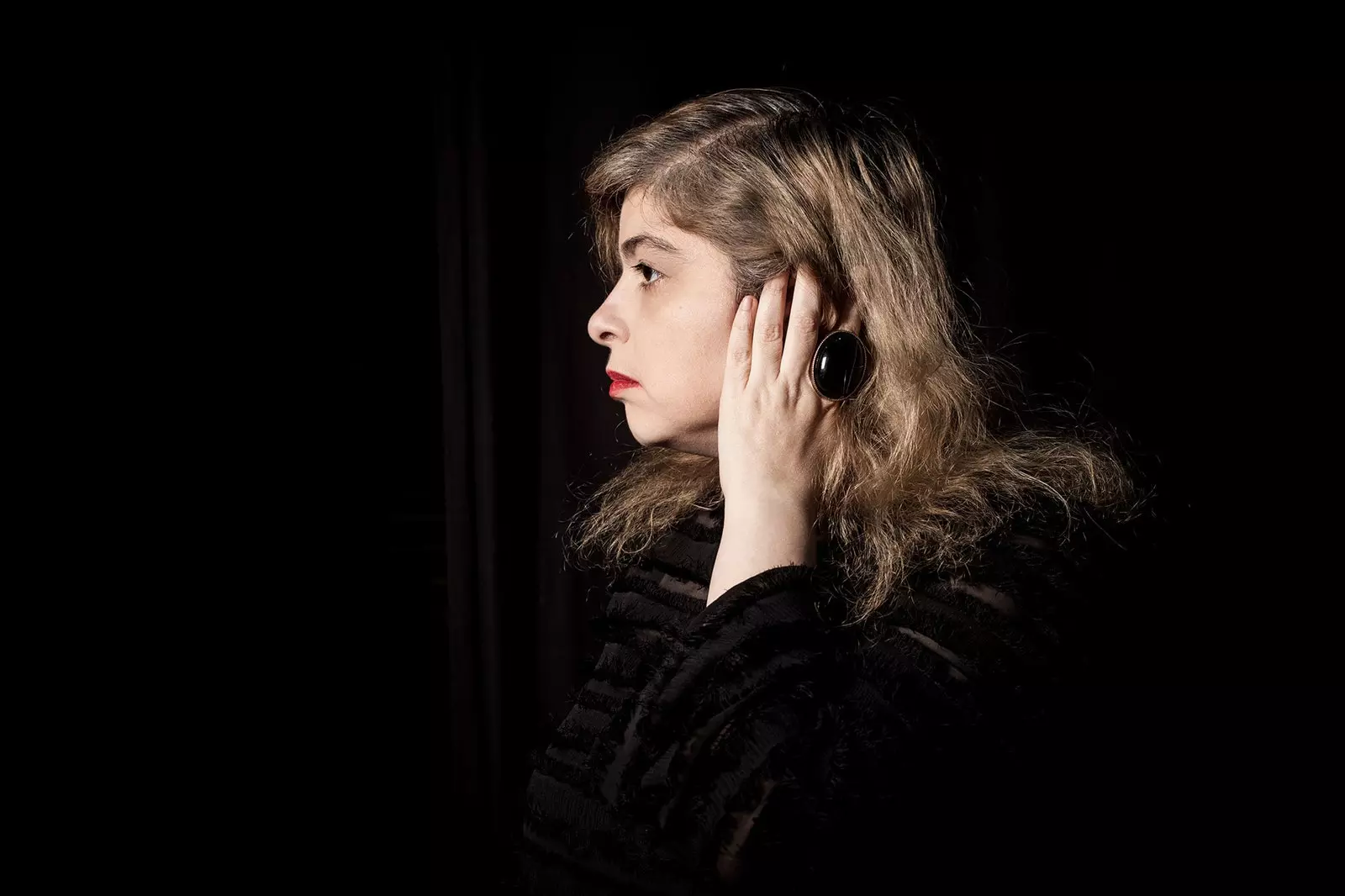
Mariana Enriquez is the author of 'The things we lost in the fire' and 'Someone walks on your grave'.
And from that double meaning is born her latest book Someone walks on your grave (Anagram), a work in which she narrates in the first person her experience in 24 cemeteries throughout the world. Thus, not only does she explain what the cemeteries she visits are like, but she also performs a complete sociopolitical analysis of the countries and cities where they are located.
“There is a sociological coincidence with the place that is very clear. At the entrance are all the rich with their mausoleums, then the middle class with their pretty but modest tombs, and finally the poor with their niches." the writer points out. “The interesting thing is when someone with money sneaks into the mausoleums with a different aesthetic. You see it a lot in Spain, for example with the tombs of the gypsies. These contrasts speak of the composition of the city and how they are changing. And of the ideas that people have”.
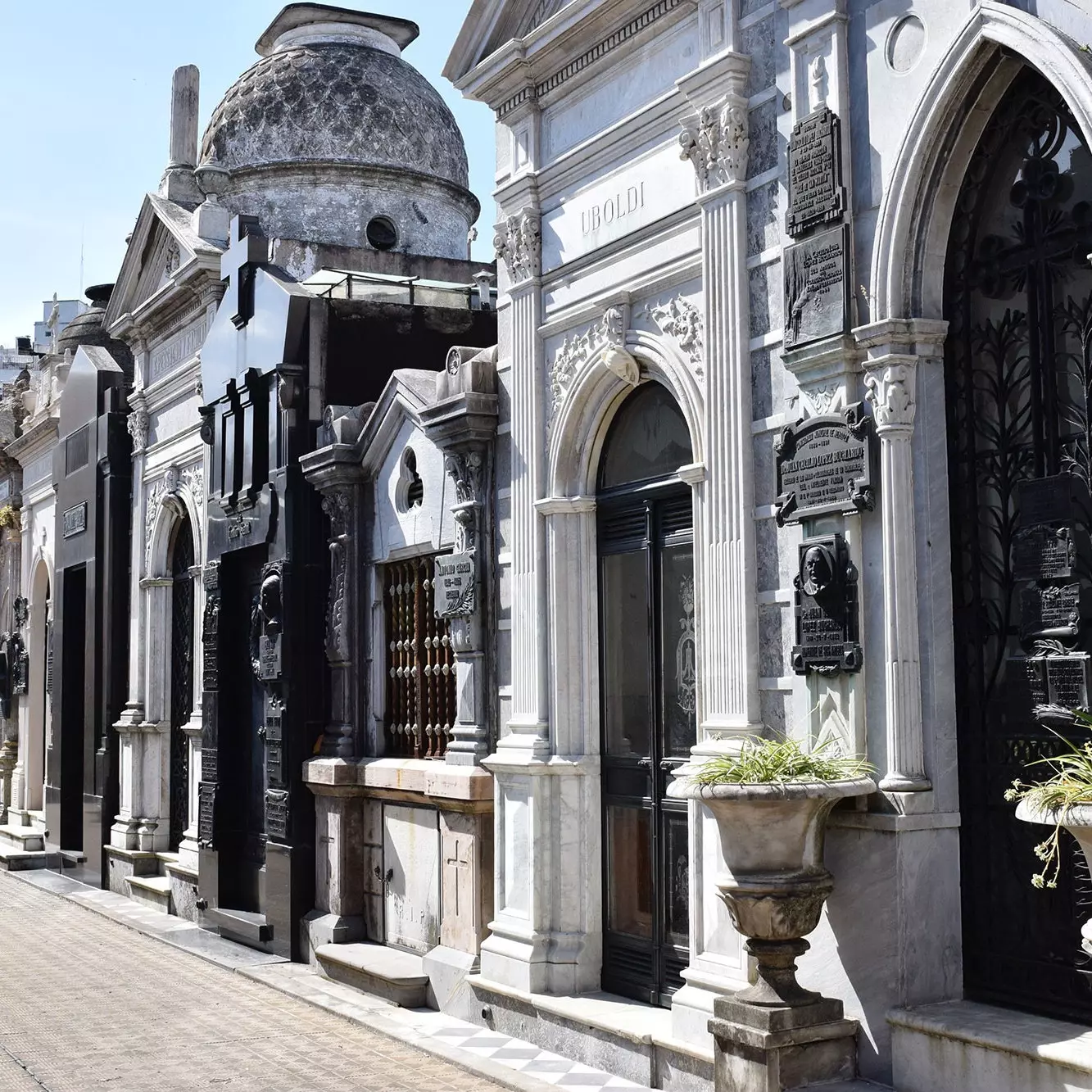
Recoleta Cemetery, Junin, Buenos Aires, Argentina
The differences and similarities that cemeteries keep
As one progresses through the book, one realizes that cemeteries around the world bear many similarities among them. Even if they are very different cultures. For example, On Rottnest Island in Australia and on Martín García Island, in the Río de la Plata, there is an indigenous cemetery in both places that was hidden for a long time. A fact that has to do with the genocide that these countries experienced and that shows that they occur many parallels in the cemeteries of different parts of the globe.
Some correlations that occur especially in the land of urban legends that circulate through them. There are two that are repeated a lot and of which the writer doubts that there is not a cemetery "that does not have one of these two legends". The first refers to a boy who meets a girl in a cemetery and they spend the night together. At dawn, when he wakes up, he discovers that she is dead. "This story occurs especially in those who have a statue of a dead woman," says the writer.
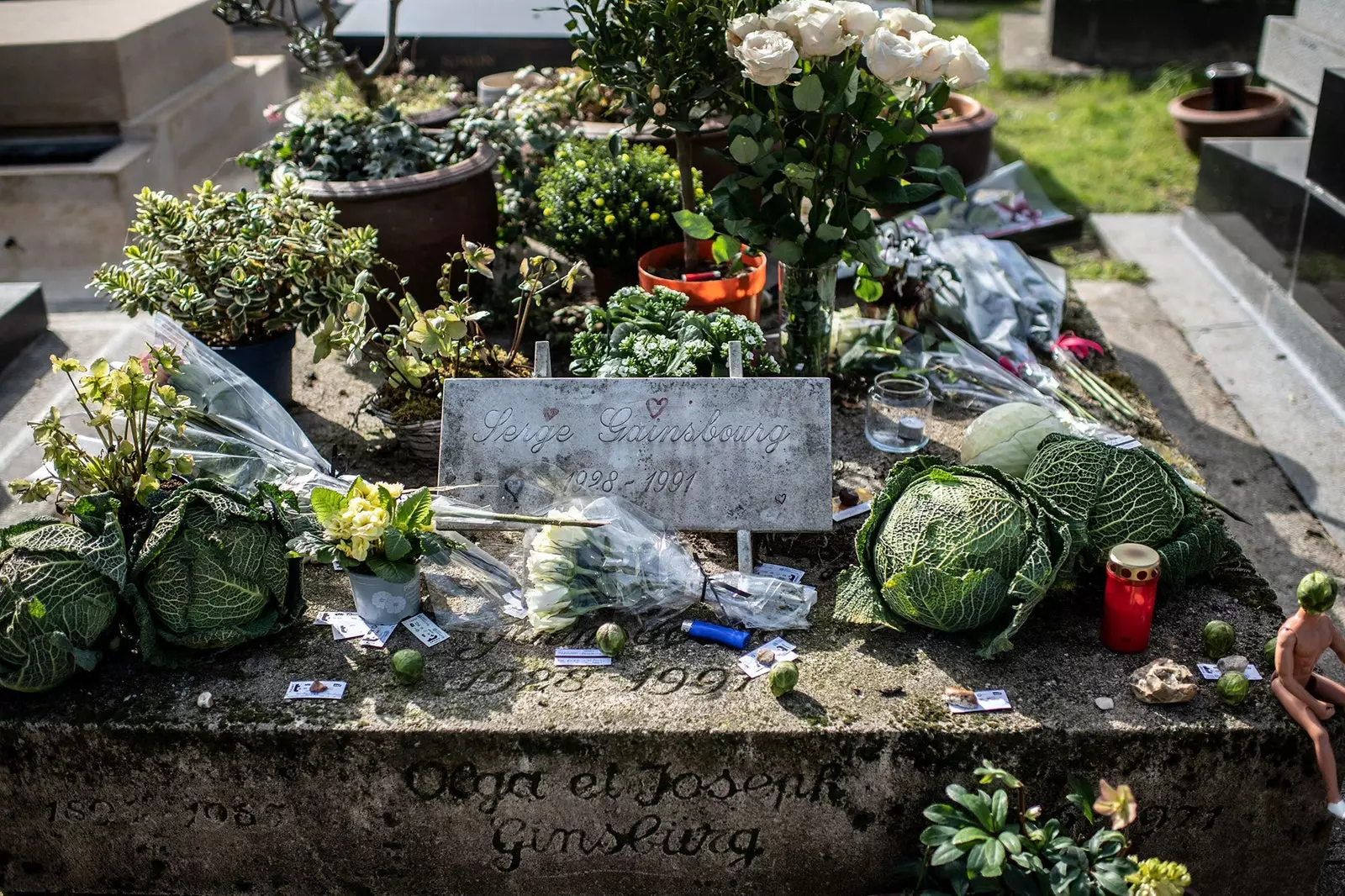
Grave of Serge Gainsbourg in Montparnasse Cemetery in Paris.
The other legend that is repeated a lot is that of the dead man who performs miracles. A story that surprises the writer because sometimes it appears unexpectedly and is represented in very different bodies. "In the Chilean cemetery he is an Indian, but in Barcelona he is a child," she says. A series of stories that she likes a lot because through them she can “see the fantasies that people have with death and the collective narratives. Cemeteries are one of the places where certain stories are still maintained that have to do with orality in an urban context”, she points out.
But, Just as they have similarities, they also contain many differences. Thus, for example, there are empty cemeteries and others that are highly visited by the families of the deceased or because they are tourist destinations. “You find totally empty places and extremely crowded places, as if they were a museum full of famous pieces. Like the Recoleta cemetery in Buenos Aires. Finding the differences and the continuities excited me. Also the stories of anonymous characters who achieved fame after death”, the writer maintains.
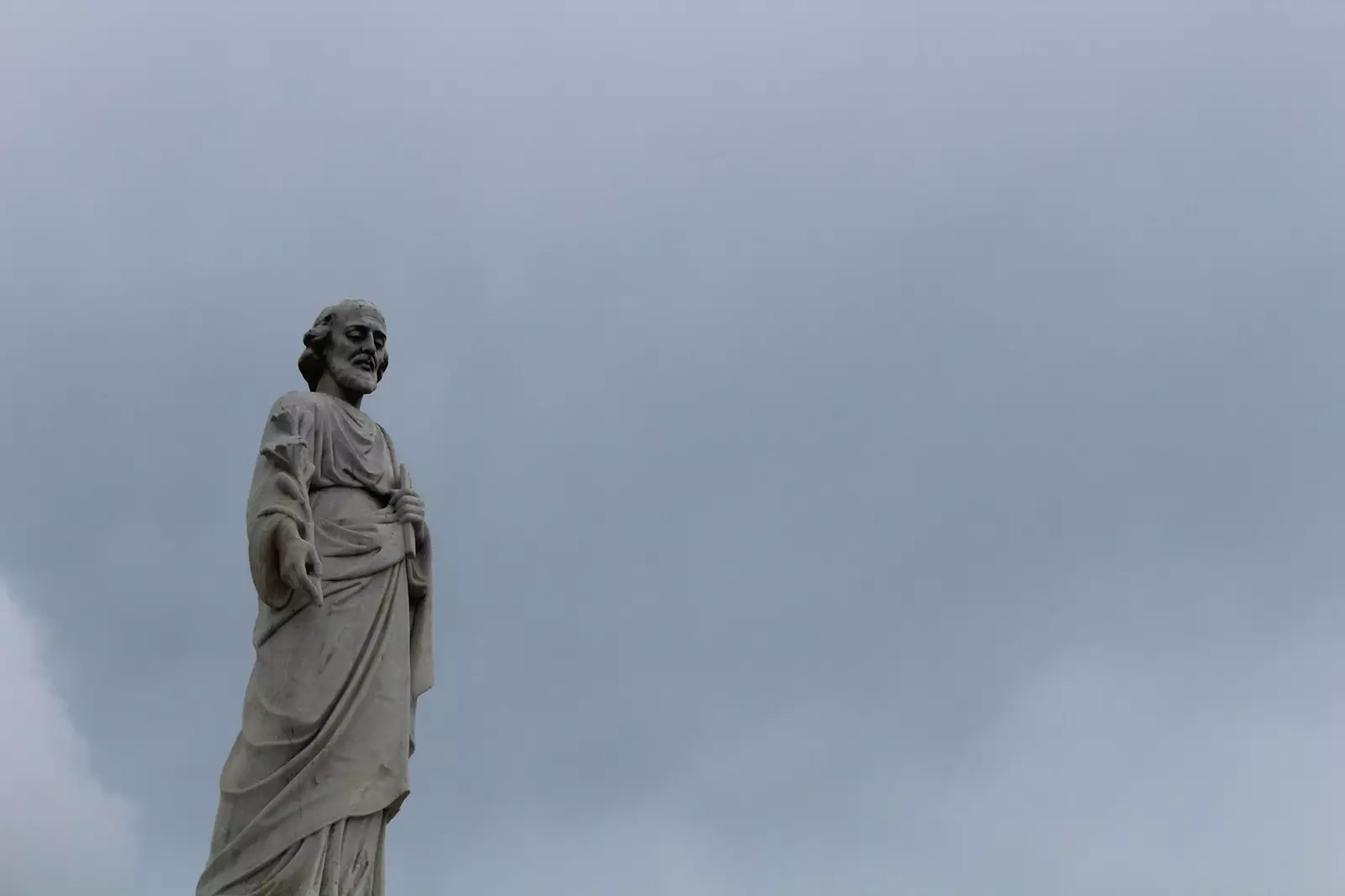
Statue in the New Orleans Cemetery.
The art that cemeteries treasure
The cemeteries that appear in the book are monumental places, such as Genoa or Lima, but also small places with a great history around them, like that of the pioneers of Australia. All of them special in their own way and where popular art meets that of the cemetery itself. A fact that creates a great contrast.
“In the cemeteries that I visited you have from neoclassical chapels to forms of popular art. That is to say, people leave their decorations outside the great mausoleums”, says the writer. Really striking folk art, like the one in the New Orleans cemetery, where a man was decorating the tombs. Mariana Enríquez describes his art as “crazy sculptures, where he put scraps, things from garbage, a multitude of colors. He was even offered to exhibit in museums but he was an unbalanced man and I don't think he could commit to exhibiting his art. For him it was not even art. she says.
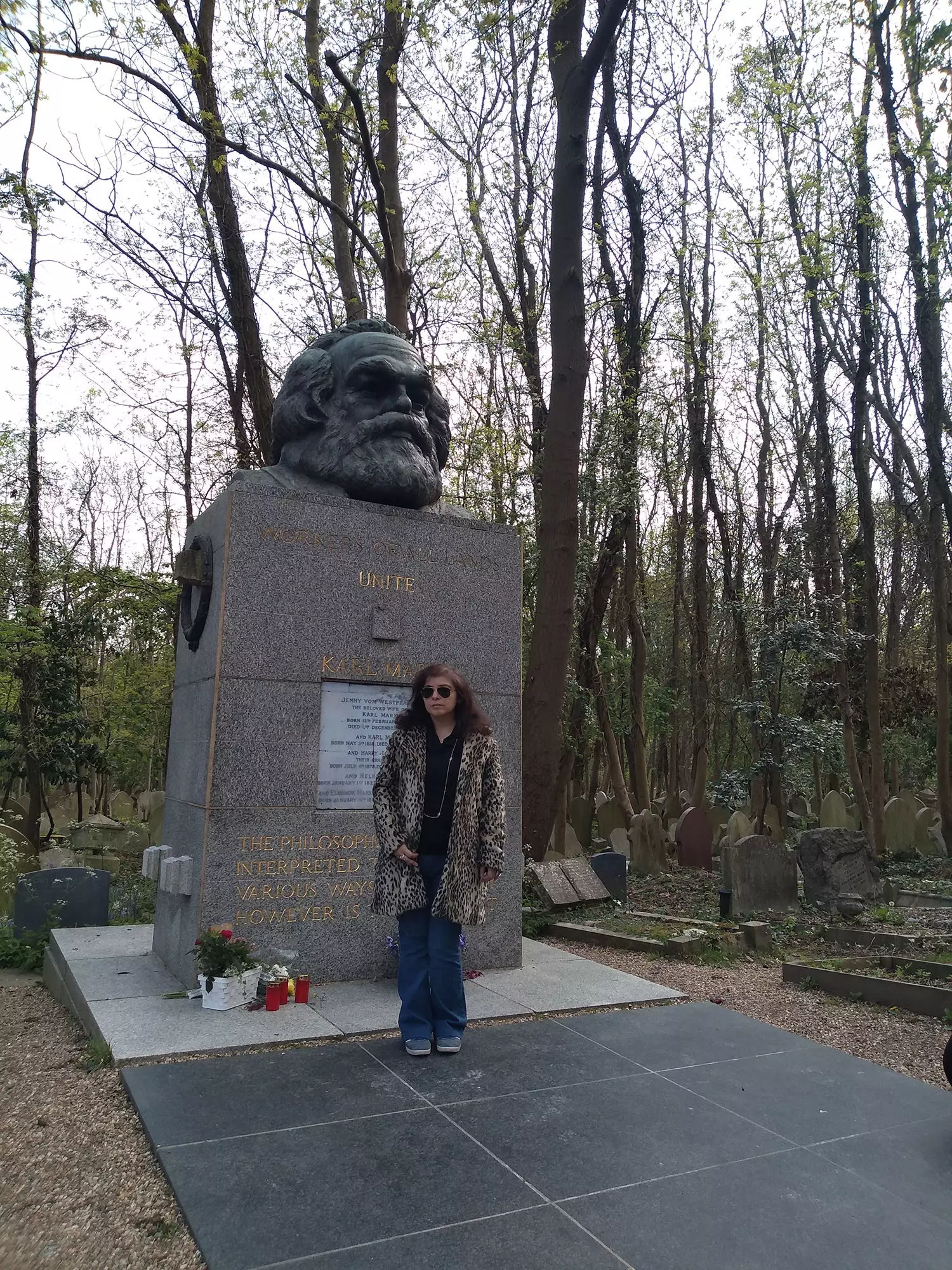
Mariana Enriquez at Highgate Cemetery in London.
A type of art that flourishes above all in the tombs of popular idols, to whom their fans bring gifts. Like the tomb in Montparnasse of Serge Gainsbourg, one of the most important musicians in France, which is a veritable mountain of flowers where people leave photos “The closest thing I saw is that of Oscar Wilde in the Père-Lachaise cemetery in Paris, which I did not put because there is already much written about it. It is a spectacular tomb, with an Egyptian sphinx. When I went, people kissed him. And most of them were men. They painted their lips and it was a ritual, not so much a fan, but a gay icon who had been persecuted and exiled. These instances are very disruptive and they help to relate to the environment and the dead from affection without the taboo of death, but rather as a respectful and joyful visit”, she says.
And, of all those visited, which one does Mariana stay with? She has them clear. “For different reasons, the one in Genoa. He was one of the first I visited with that level of spectacularity and because I had a story with a boy there. Also the one from Lima, because it is very rare, very big, very spectacular and I was very alone and strange things happened with a man who showed me a skull. And maybe Highgate in London, because it's a very nice place, it is thought of as a kind of open-air castle”, she finishes.
Some cemeteries they have a lot to do with what she experienced in each one and that now we have the opportunity to relive them through this particular book.
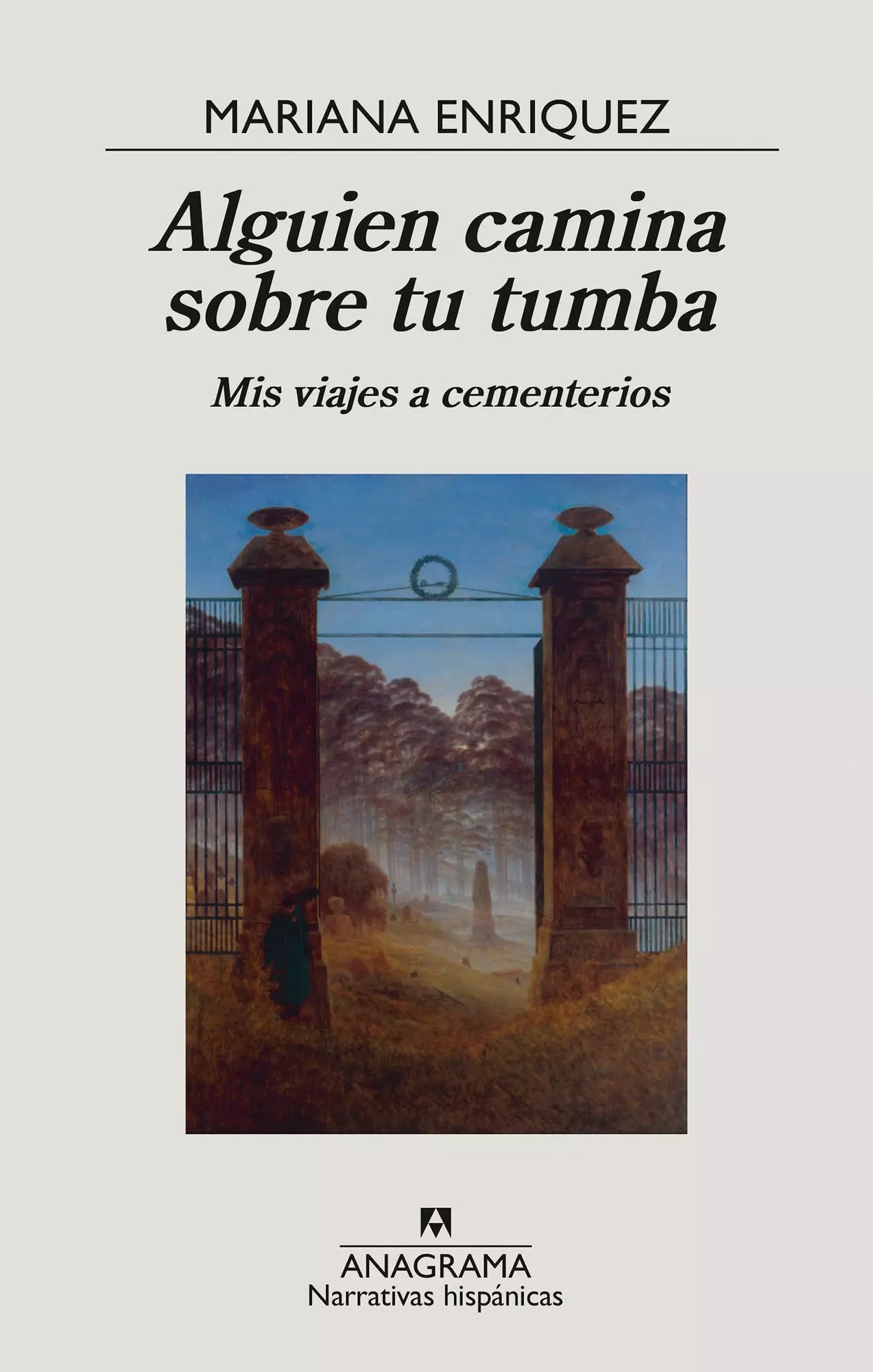
Anagram
A walk among the tombs of the whole world with the writer Mariana Enriquez
A walk among the tombs of the whole world with the writer Mariana Enriquez
